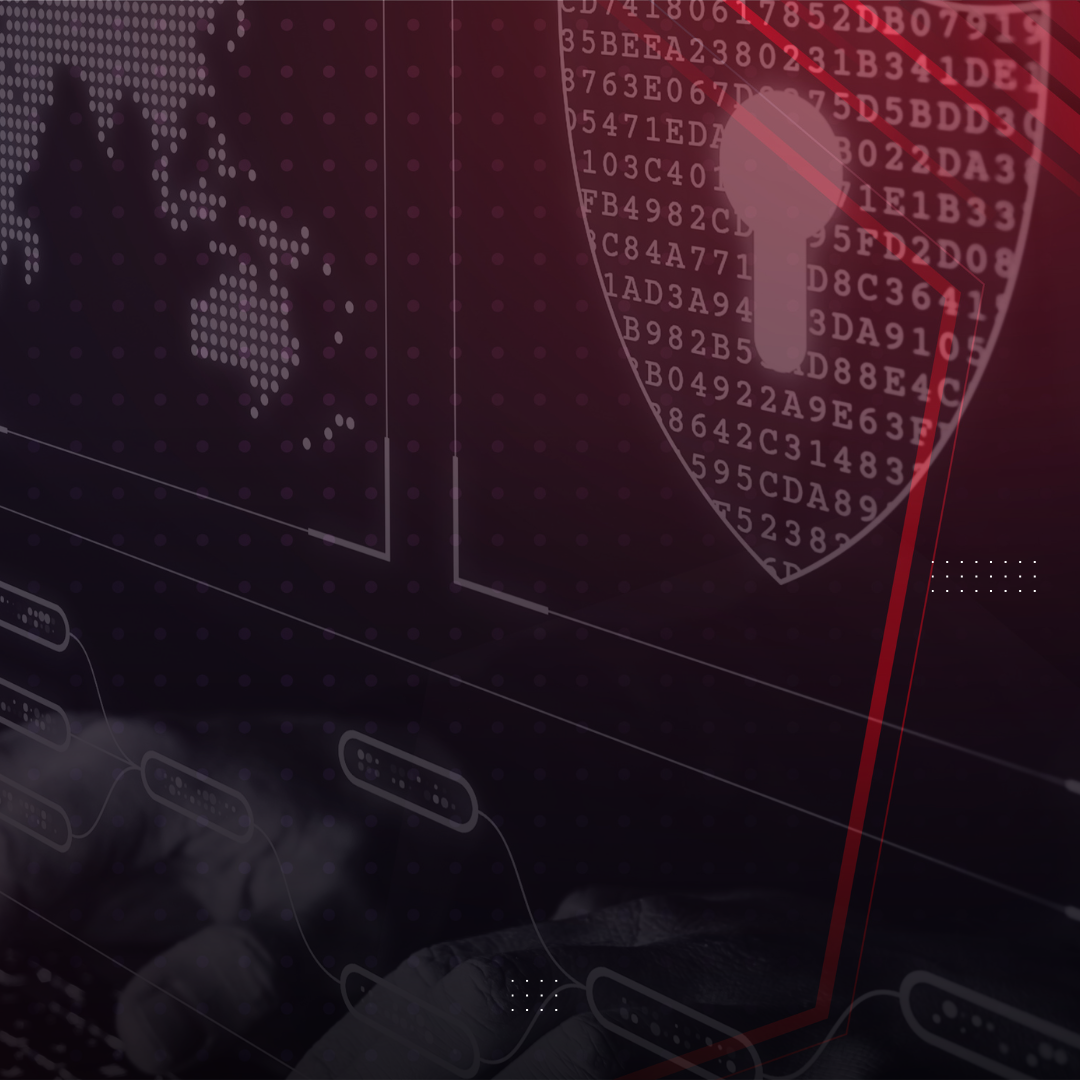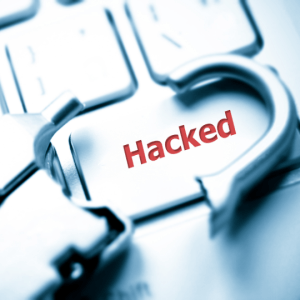As we cautiously emerge from stay-at-home orders and move into a slow but steady pace toward normalcy, we can all agree that technology has seen us through this strange and uncertain time. With many remote workers soon returning to their offices, there will come a certain shift in how businesses conduct themselves, and how they manage their employees. Many small businesses were forced to take a swift and colossal leap forward to embrace new and unfamiliar technology tools, apps, and platforms that allowed them to press on and continue to work together while apart.
The concept of working remotely was already growing in popularity, but it presented a major challenge for those who weren’t prepared to deploy entire workforces from home. The benefits of the new flexible working environment became clear as we were invited into the homes of our fellow employees and our employer’s, gaining a deeper and more intimate picture of their daily lives. With dogs barking and children laughing, we got to know each other a little better and discovered new ways to work together more seamlessly to create a work-life blend.
Here are a few things we’ve learned from this pandemic, and how businesses should shift their thinking going forward:
The time to digitally transform is now.
By adopting tools like Microsoft Teams, Office 365, or even Zoom, the private sector will see a significant shift in their ability to maintain business continuity and to weather various unexpected instances. The ability to work through disaster from the car or the living room will prove to be a crucial tool in pressing through uncertain times. This requires investing in collaborative technology that supports file sharing, team editing, and seamless collective discussion. While many are tempted to wait it out and cling to old systems or processes until a crisis occurs, staying ahead of the curve may present small upfront cost, but will pay off tremendously in the long run, and possibly even save the business.
A new outlook on remote work is born.
After months of conducting business from various dwellings, employers may find that a remote work culture suits their business better than they’d originally thought. A remote work environment may save you money. A 2014 Harvard Business Review (HBR) found that employers who hired remote saved $1,900 per employee over nine months. Telecommuting can also slash the cost of absenteeism, saving the average employer roughly $1,800 per year, per employee. Elimination of a lengthy commute may also see an increase in hours that employees spend working. Adopting a remote work culture also expands the talent pool, empowering employers with the ability to maintain the best talent without geographic barriers.
Managing security in a new virtual environment.
The transformation of office culture directly correlates with a modification in cybersecurity. With employees working from their home networks, companies must consider using a Virtual Private Network (VPN) that routes your internet through a private server of your choice rather than through your Internet Service Provider (ISP). In some instances, employees will be using their own devices, and to ensure that company data is protected, an iron-clad BYOD (Bring Your Own Device) policy should be in place. Mobile Device Management (MDM) solutions allow your organization to keep tabs on all of your devices, including resource allocation, application activity, whitelisting and blacklisting apps, and most important, remote wiping. You have complete control over your organization’s mobile devices, all remotely.






